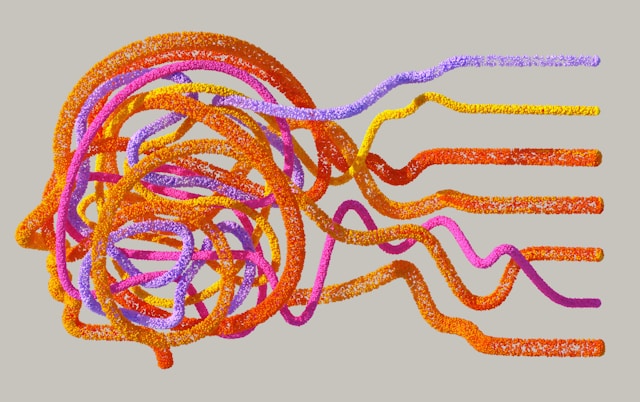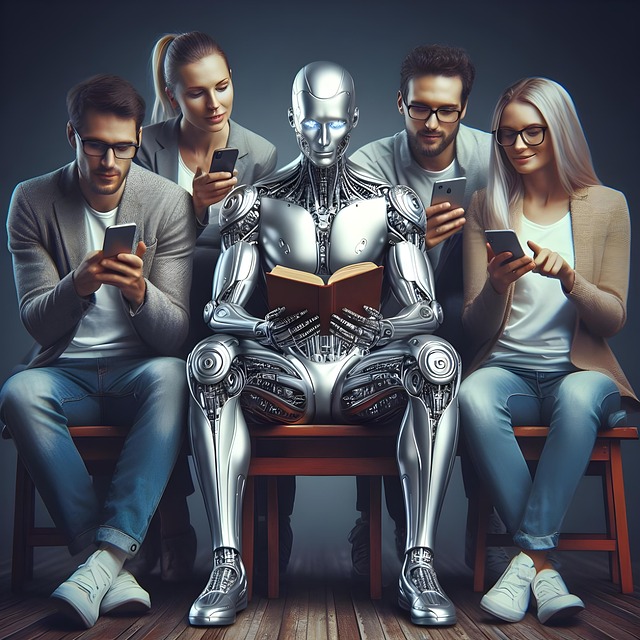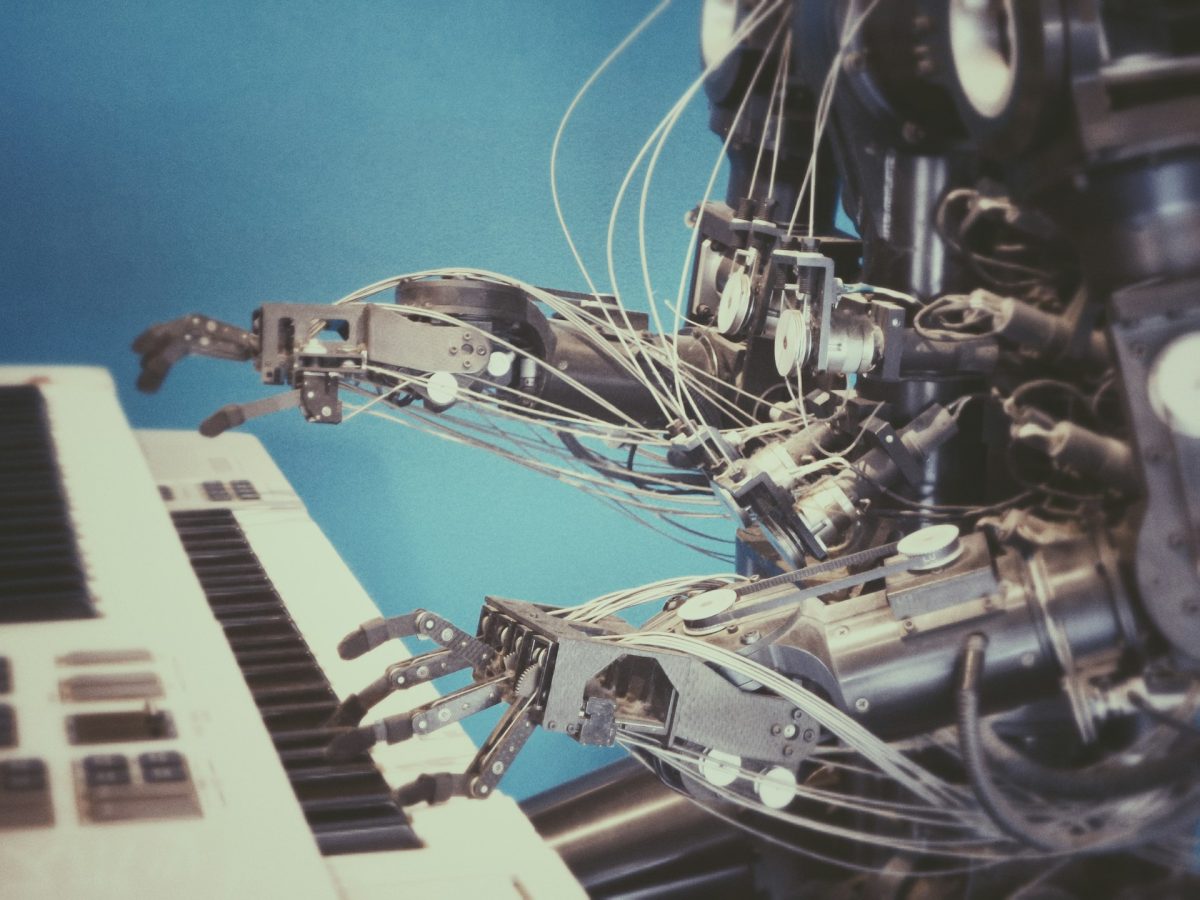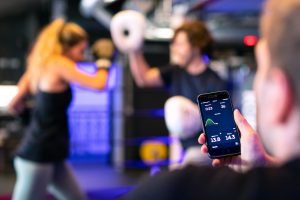The rise of artificial intelligence has brought both unprecedented innovation and a troubling side effect: a surge in digital plagiarism and creative theft. Artists, writers, musicians, and even businesses now face an uncomfortable truth — AI systems can replicate styles, generate derivative works, and reproduce original material almost instantly. In this new landscape, protecting creativity has become one of the most pressing challenges of the digital era.
The Double-Edged Sword of AI Creativity
Artificial intelligence has democratized creativity. With just a few prompts, users can produce artwork, compose music, or generate text that would once have required years of skill and effort. However, this accessibility comes at a cost. Many AI models are trained on publicly available datasets that often include copyrighted works without explicit permission from the creators. The result? Machines that can mimic human expression so effectively that distinguishing between inspiration and infringement becomes almost impossible.
For creators, this has blurred the line between fair use and theft. When AI-generated content borrows too heavily from existing works, ownership becomes ambiguous. And while laws governing intellectual property continue to evolve, enforcement lags far behind technological progress.
To combat this, many companies and copyright holders are turning to advanced tools like copyright infringement detection software that can scan the web, identify unauthorized reproductions, and initiate formal removal processes. These systems represent the new frontier of creative defense in a world where AI-generated duplication is the norm rather than the exception.

Why Traditional Copyright Laws Are No Longer Enough
For decades, copyright laws have relied on human accountability. If an artist plagiarized another’s work, there was a clear author and a clear violator. But when an AI system creates a piece of content, assigning responsibility becomes complex. Is the developer liable for how their algorithm is used? Or does the user who entered the prompt bear the blame?
Moreover, the sheer scale of AI content production has overwhelmed enforcement agencies. Millions of images, songs, and articles are uploaded daily, making manual oversight virtually impossible. Traditional legal frameworks were simply not designed for this level of automation and replication.
To adapt, governments and private companies are exploring new mechanisms for content tracking and ownership verification. Blockchain technology, digital watermarking, and AI-powered copyright registries are among the tools being developed to create transparent proof of authorship in real time.
Modern Strategies for Creative Protection
Protecting creative works in the age of AI requires more than legal documents — it demands technology-driven solutions and proactive strategies. Modern creators and businesses are now combining several approaches to minimize their exposure to theft and misappropriation.
Below are some of the most effective measures currently in use:
- Digital Watermarking: Embedding invisible identifiers into images, videos, and documents helps trace unauthorized use across platforms.
- Automated Monitoring: AI-based crawlers continuously scan websites, marketplaces, and social media for duplicate content.
- Smart Contracts: Blockchain-based agreements automatically enforce usage terms and payment conditions for licensed works.
- Legal Automation: Tools that generate and send copyright notices streamline the takedown process and reduce human error.
- Creator Education: Training artists and entrepreneurs to recognize potential infringements and register their works early provides a crucial first line of defense.

The Future of Ownership in an AI-Driven World
As AI continues to evolve, the idea of creative ownership itself may change. Collaboration between humans and machines is becoming the norm — yet this partnership also complicates authorship. Can an AI be credited as a co-creator? Should its output even qualify for copyright protection? These questions are sparking legal and ethical debates worldwide.
Still, there’s reason for optimism. The same technologies that pose risks also offer solutions. AI can help identify patterns of theft faster than humans ever could. Blockchain can record and timestamp creative origins. Together, these innovations could make it harder — not easier — for stolen works to circulate undetected.
In the end, completely stopping creative theft may be impossible, but significantly reducing it is within reach. By combining technology, law, and awareness, creators can maintain control over their intellectual property and thrive in a world where machines and humans shape the future of creativity together.




